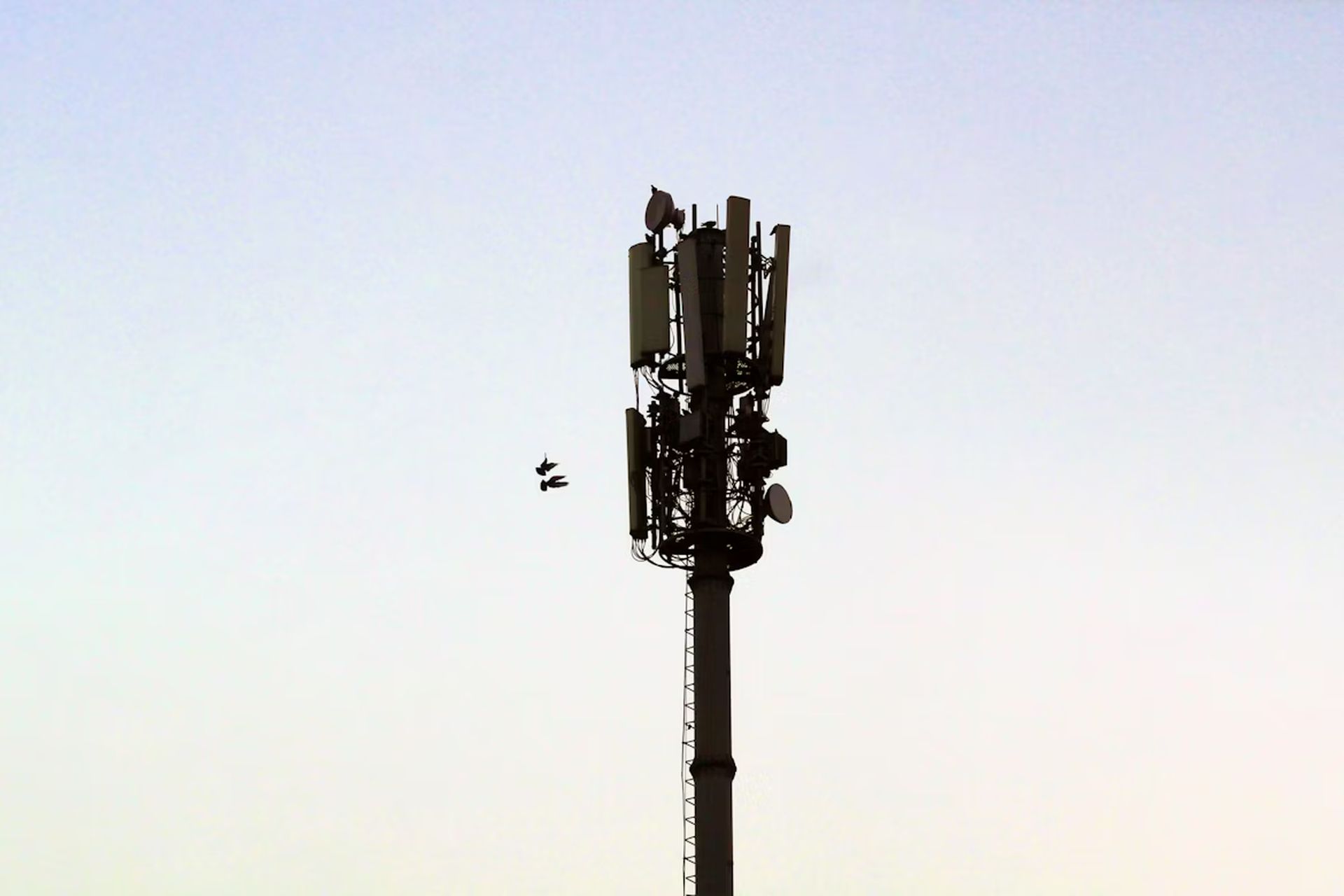5G core elements: What key components of the next generation of mobile networks do you need to know?

5G technology brings not only higher data rates and lower latency, but also a completely new network architecture. At its heart is the 5G core network – a flexible, cloud-based network core that enables modern services such as autonomous vehicles, smart cities and mass M2M communication.
To fully understand how the fifth generation network works, it is worth knowing the 5G core elements – the key components that create the next generation of mobile networks. Let’s do it!
- What are the most important 5G core elements?
- What does the core network look like in the mobile and stationary world?
- Why is it so important to know the 5G core elements?
In an era where the boundaries between core telecom and IT services are blurring, proper management of the network core is becoming crucial to the success of operators and the entire telecom core network sector. Learn more about the subject and you will be prepared.
What are the most important 5G core elements?Compared to previous generations, 5G Core network elements are designed with flexibility, virtualization and full separation of control functions from utility functions in mind. Here are the main elements.
First of all, AMF (Access and Mobility Management Function), which is responsible for managing user access and mobility, and SMF (Session Management Function) – controls data sessions, including IP address allocation. Next comes UPF (User Plane Function) – supporting the transfer of user data, is an element of the so-called “user plane” and PCF (Policy Control Function), which decides on the rules of the access policy and quality of services. It is also worth mentioning AUSF (Authentication Server Function) implementing user authorization, UDM (Unified Data Management), i.e. central management of subscriber data, or NRF (Network Repository Function) a component responsible for detecting available network functions. Finally, NEF (Network Exposure Function) – an intermediary in making network resources available to external applications.
These elements are organized within a fully virtual and modular environment, which enables scalability and dynamic adjustment of functionality to market needs.
What does the core network look like in the mobile and stationary world?In the telecommunications ecosystem, the role of fixed core network and mobile core network cannot be ignored. Although technically they differ in some aspects, both types of network cores are converging towards a common, unified architecture. Thanks to this, operators can simplify the management and integration of mobile and fixed services.
In practice, this means that both core telecom for mobile networks and core network telecom in fiber optic or DSL networks are increasingly using the same tools and management principles.
Why is it so important to know the 5G core elements?For engineers, network architects, and decision makers in the telecommunications industry, understanding the structure and functions of individual 5G core network elements is essential for the effective implementation, optimization, and maintenance of 5G services. Remember also the role of modern 5G inventory management – solutions that allow for real-time monitoring, cataloging, and management of network core components.
This knowledge not only allows for increasing the efficiency of network operation or better designing solutions for end customers. It is a great help in quickly responding to operational problems and planning infrastructure development in line with business needs.
